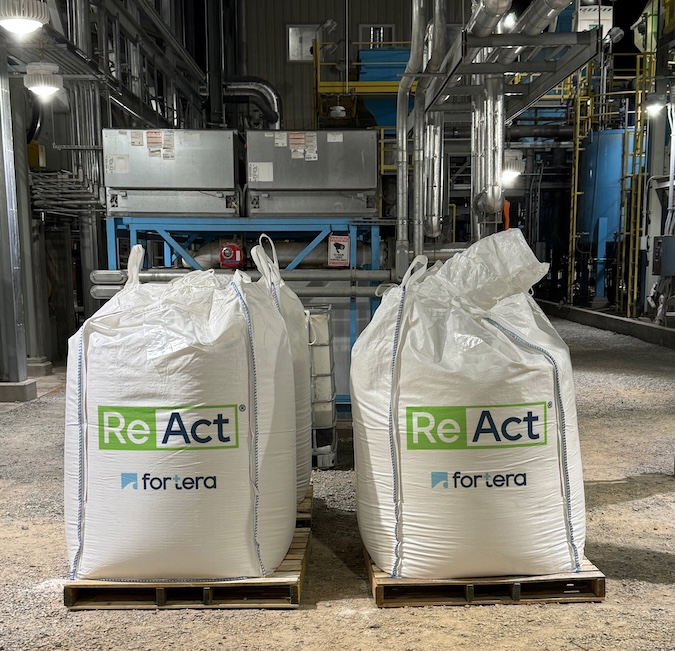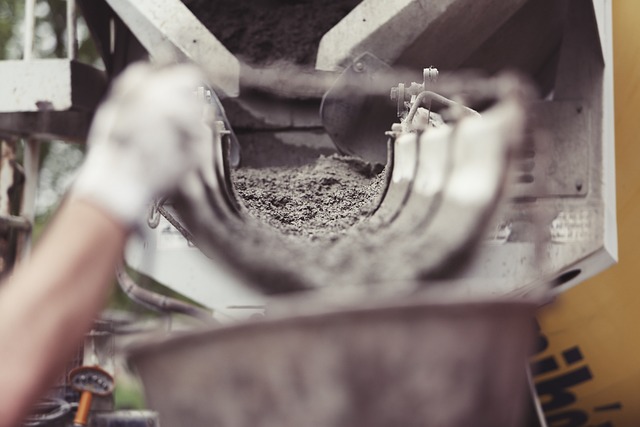Construction Materials Economist Ed Sullivan just came out with his Summer Forecast. His conclusion: the near-term outlook is sour. The Summer Forecast reflects rising tariff-induced inflation, a significant consumer spending slowdown, a weaker job market, and an initially hesitant Federal Reserve that is slow to cut interest rates.
For construction and cement activity, this translates into a continuation of the soft conditions that have characterized the first half of 2025. This period of malaise is expected to extend through much of the first half of 2026.
This implies soft residential and nonresidential construction activity during the remainder of 2025 and through the first half of 2026. Inflation and a gradual dimming of state and local revenues will continue to dilute public construction spending power this year and next. These conditions prevailed in 2024 and resulted in more than a 5% retreat in cement consumption. Another significant year of decline in cement volumes is expected this year.
By mid-year 2026, this pattern is disrupted by a change in leadership and composition of the Federal Open Market Committee (FOMC). Federal Reserve Chair Powell’s term ends in June. President Trump will appoint the new chair along with several Fed governors and presidents. The new Fed is expected to be more dovish on inflation and will aggressively cut rates.
The dovish stance by the Fed could also lead to heightened inflation expectations and a muted improvement in long-term interest rates. Unfortunately, private construction is influenced more by long-term rates than short-term rates. This implies that the construction recovery expected during the second half of 2026 may be a bit weaker than many expect.
Eventually, inflation and interest rates will subside. Economic growth and labor markets will improve. Mortgage rates will decline below 5.5% and ignite a release of pent-up demand for residential construction. The benefits of the Big Beautiful Bill will become realized. A new, presumably larger, replacement of the IIJA infrastructure program will be in place. Combined, these factors will generate strong growth in construction and cement consumption.
All that lies on the horizon, but not for 2025 or 2026.
Contact Ed at [email protected] for information on how to subscribe and receive the Forecast Reports and analysis.



